Mastering Ef Nonwoven Fabric Techniques for Innovative Applications
Table of Contents
- Understanding the Basics of Ef Nonwoven Fabric and Its Properties
- Key Techniques for Effective EF Nonwoven Fabric Production
- Innovative Applications of EF Nonwoven Fabric in Various Industries
- Best Practices for Enhancing Durability and Functionality of Nonwoven Fabrics
- Future Trends in EF Nonwoven Fabric Technology and Their Impact
- Tips for Troubleshooting Common Issues in EF Nonwoven Fabric Production
- FAQS
- Conclusion
- Related Posts
In today's rapidly evolving technological landscape, the demand for innovative materials is more critical than ever, particularly in the realm of EMI shielding textiles. At Shijiazhuang Shielday Technology Co., Ltd., we pride ourselves on being at the forefront of this innovation, offering advanced high-performance products that cater to a variety of applications. One of the emerging solutions gaining traction is the use of Ef Nonwoven Fabric, which combines exceptional functionality with versatility. This blog will delve into mastering Ef Nonwoven Fabric techniques, exploring how these innovative applications can revolutionize the industry by providing superior protection and enhanced performance. As a leader in specialty EMI shielding and smart textiles, we aim to share valuable insights and solutions that highlight the potential of Ef Nonwoven Fabric in modern manufacturing processes.
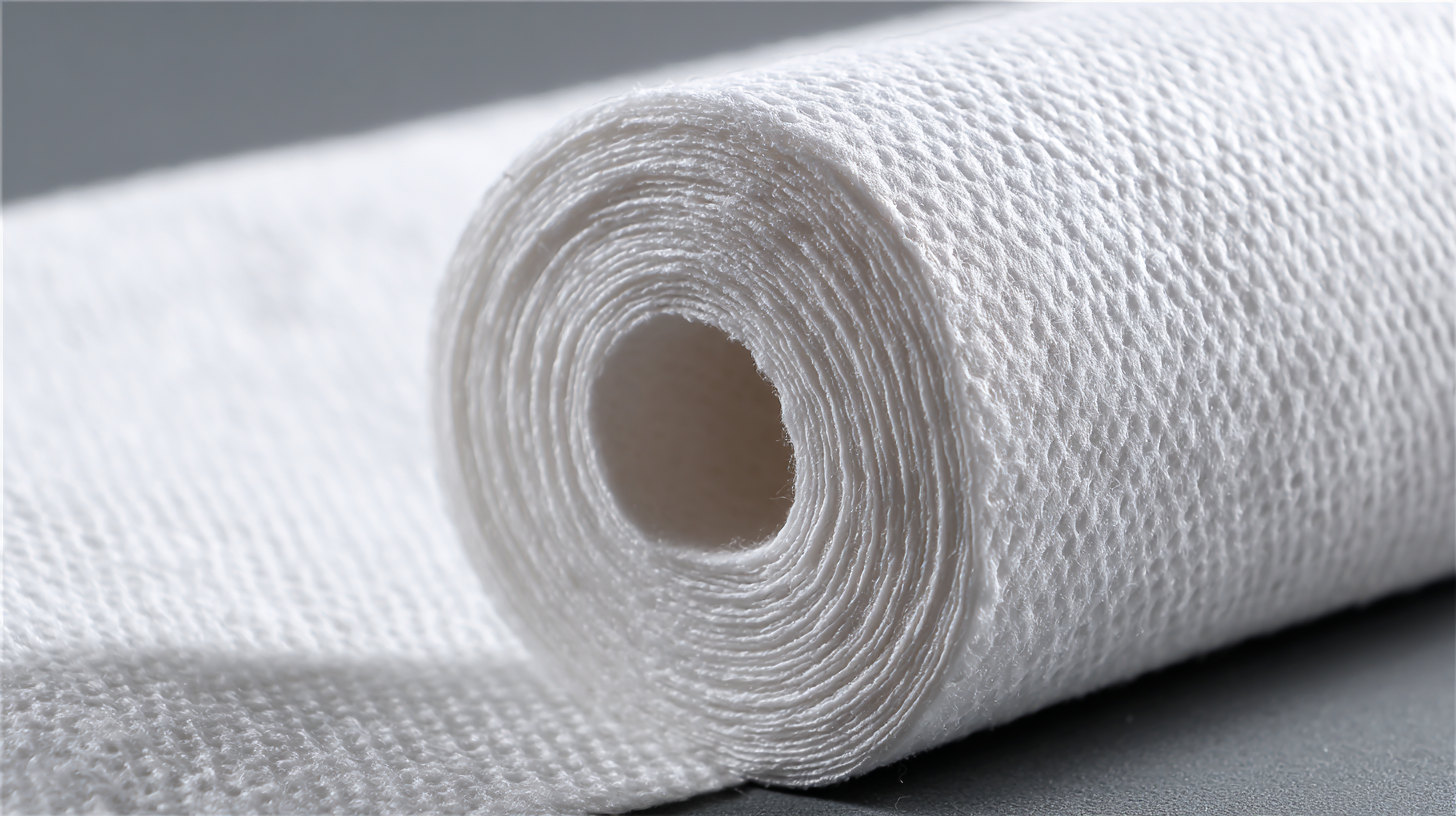
Understanding the Basics of Ef Nonwoven Fabric and Its Properties
Ef nonwoven fabric is a versatile material known for its unique properties, making it a popular choice in various industries. Unlike traditional woven fabrics, ef nonwoven fabrics are made from continuous fibers that are bonded together through various methods such as heat, chemical, or mechanical processes. This results in a lightweight yet strong fabric that offers excellent durability and flexibility. Key properties include breathability, water resistance, and high tensile strength, which make it suitable for applications ranging from personal protective equipment to home furnishings.
When working with ef nonwoven fabrics, here are some essential tips to keep in mind. First, choose the right bonding method for your application; thermal bonding is often preferred for its efficiency and cost-effectiveness. Second, consider the fabric's weight and thickness—these factors can significantly affect the end product's performance. Lastly, experiment with various finishes to enhance the fabric's characteristics, such as adding coatings for increased water repellency or softness for improved comfort.
Understanding the basics of ef nonwoven fabric sets the foundation for innovative applications. By mastering these fundamental properties, designers and manufacturers can harness the potential of this material to create groundbreaking products that meet modern market demands.
Key Techniques for Effective EF Nonwoven Fabric Production
In recent years, the nonwoven fabrics market has seen remarkable growth, with a valuation projected to reach USD 72.21 billion by 2025. This surge is largely driven by innovations in production techniques, particularly in the realm of EF nonwoven fabrics. Key techniques such as needle-punching and the utilization of reclaimed fibers have emerged as frontrunners in enhancing fabric performance for various applications, including air filtration. A study demonstrates how these methods can optimize air permeability and mechanical properties, making them crucial for industries prioritizing sustainability and efficiency.
Furthermore, initiatives like introducing circularity in textiles are gaining traction among manufacturers, with companies focusing on recycling and the production of durable nonwoven materials. For instance, advancements in textile recycling showcased by leading technology groups at international exhibitions highlight the industry's commitment to eco-friendly practices. As the China nonwoven fabrics market is projected to expand from USD 6.7 billion in 2024 to over USD 12.2 billion by 2033, the emphasis on innovative production techniques and sustainable practices will undoubtedly shape the future landscape of nonwoven textiles. At Shijiazhuang Shielday Technology Co., Ltd., we recognize the potential of advanced manufacturing techniques to create high-performance materials such as EMI shielding textiles, aligning with the industry's evolving standards and demands.
Innovative Applications of EF Nonwoven Fabric in Various Industries
EF nonwoven fabrics are revolutionizing various industries due to their unique properties and versatility. In the automotive sector, these materials are increasingly used for interior linings and sound insulation, providing lightweight solutions that improve fuel efficiency while enhancing comfort. Their durability and resistance to wear and tear make EF nonwoven fabrics a perfect fit for applications that require reliability under harsh conditions.
In the healthcare industry, the demand for EF nonwoven fabrics has surged, especially during the recent global health crisis. These fabrics are employed in the production of face masks, gowns, and surgical drapes, where they offer barrier protection while maintaining breathability. Additionally, their disposable nature helps control cross-contamination, making them an essential component in infection control protocols. As innovation continues, EF nonwoven fabrics are likely to expand into even more sectors, further highlighting their adaptability and importance in modern applications.
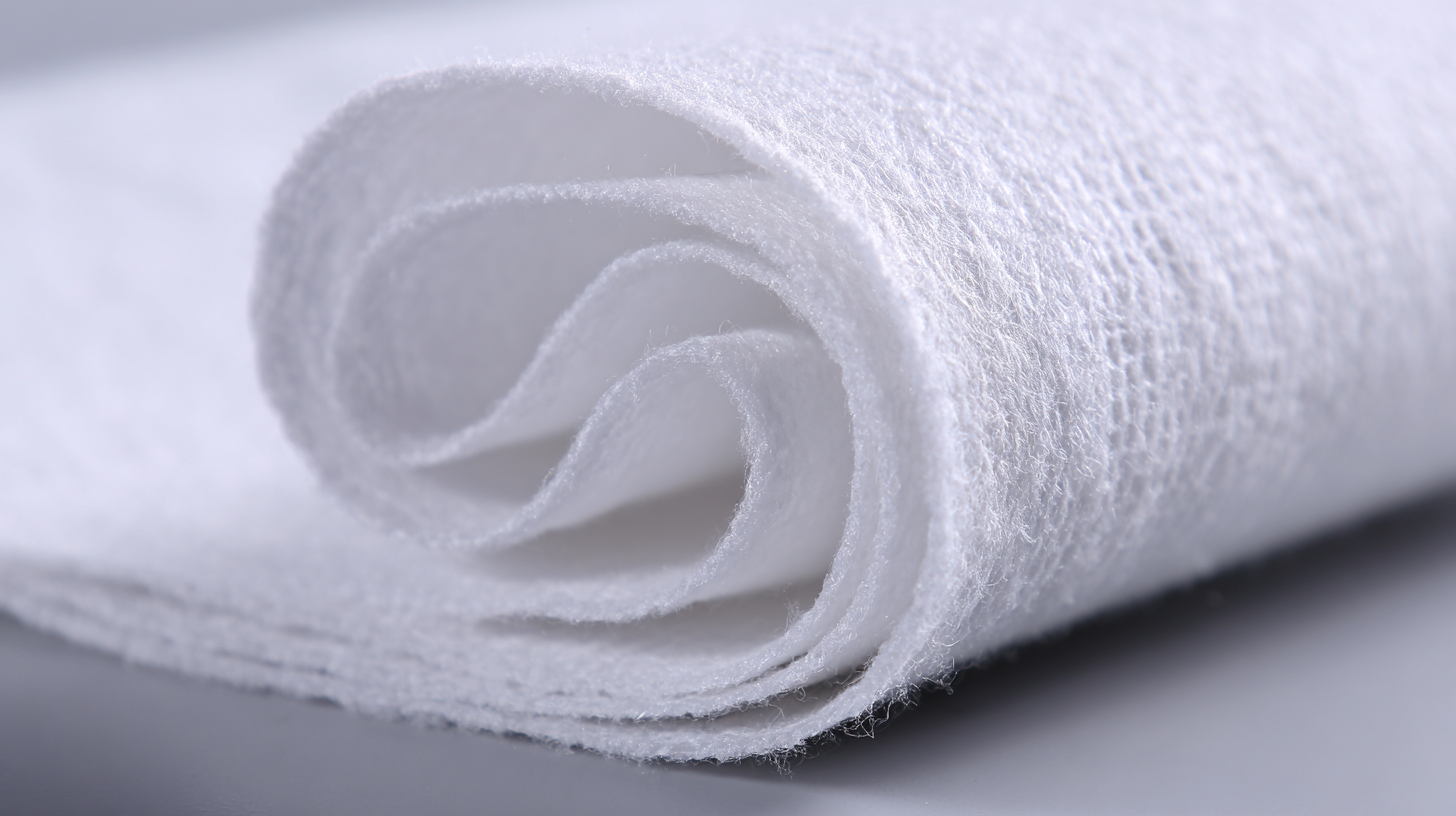
Best Practices for Enhancing Durability and Functionality of Nonwoven Fabrics
The nonwoven fabrics market is poised for significant growth, particularly driven by innovations in techniques that enhance their durability and functionality. According to the India Non-Woven Fabric Industry report, the market is expected to expand from $4.75 billion in 2024 to $7.38 billion by 2035. This growth can be attributed to the increasing demand for high-performance fabrics in various end-use industries such as hygiene and medical applications. By mastering techniques like dry laid, spunbond, and wet laid technologies, manufacturers can create nonwoven fabrics that not only meet specific functional requirements but also exhibit enhanced mechanical properties.
Integrating bioactive components into nonwoven textiles presents a promising opportunity for the healthcare sector. As highlighted in recent research, bioactive component integrated textiles can significantly benefit from natural colorants, providing added functionality while maintaining sustainability. Furthermore, advancements in multi-functional textiles that offer moisture and thermal management ensure that these fabrics meet the evolving needs of both consumers and industries. With a focus on improving durability through innovative design and structure, the next generation of nonwoven fabrics is set to redefine their applications across diverse sectors.
Mastering Ef Nonwoven Fabric Techniques for Innovative Applications
This chart showcases the various techniques and their corresponding effectiveness in enhancing the durability and functionality of nonwoven fabrics.
Future Trends in EF Nonwoven Fabric Technology and Their Impact
The future of EF nonwoven fabric technology is promising, with advancements poised to revolutionize its applications across various industries. The integration of smart materials and sustainable practices is driving the evolution of these fabrics. Innovations such as biodegradable fibers and enhanced filtration properties are becoming essential as manufacturers respond to the growing demand for eco-friendly solutions and improved performance. This shift not only supports environmental sustainability but also opens new avenues for nonwoven fabrics in healthcare, automotive, and packaging sectors, among others.
Moreover, the incorporation of nanotechnology in EF nonwoven fabrics is set to enhance their functionality. Nanofibers can provide superior strength, lightweight properties, and additional features such as water resistance and antimicrobial capabilities. As research in this area progresses, we can expect to see nonwoven fabrics that are not only technically advanced but also align with global health and safety standards. This focus on innovation will likely lead to more customized solutions, meeting specific consumer needs and expanding the scope of EF nonwoven fabric applications in everyday life.
Tips for Troubleshooting Common Issues in EF Nonwoven Fabric Production
When working with EF nonwoven fabric production, it’s not uncommon to encounter a few bumps along the way. Common issues such as inconsistent thickness and poor bonding can hinder the quality of your end product. To troubleshoot these problems effectively, first, it's crucial to assess your raw materials. Ensure that you’re using high-quality fibers that are appropriate for your intended application. Frequently, introducing additives or altering the fiber blend can improve both the consistency and bonding strength of the fabric.
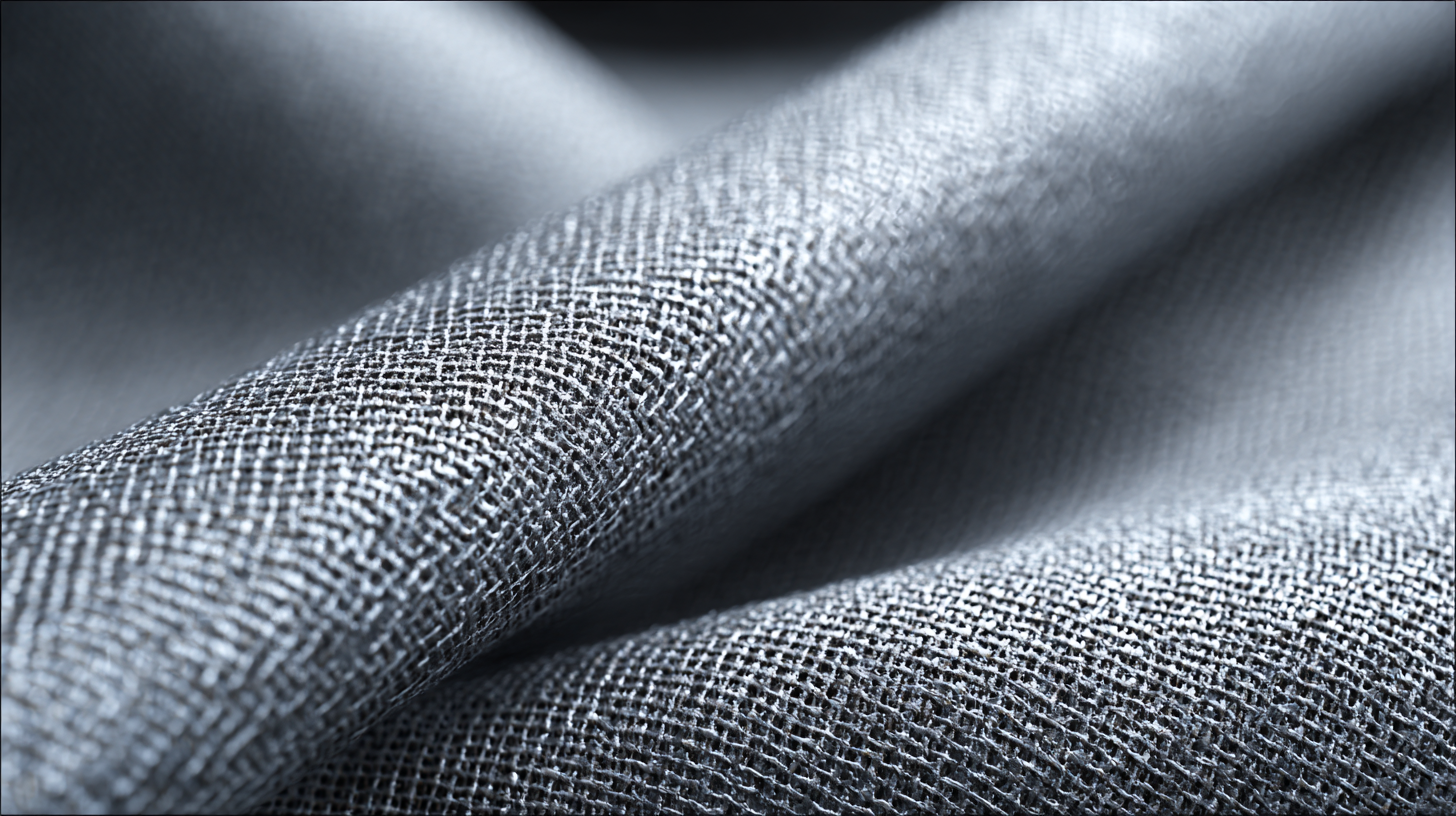
Another key factor to consider is the production parameters, including the temperature and pressure settings in the manufacturing process. If these settings are too high or low, they can lead to defects like delamination or weak spots. Regular calibration of equipment, along with thorough monitoring of the production environment, will play a significant role in mitigating these issues. Additionally, implementing a systematic approach to quality control – from initial sampling through final inspection – can help identify trends in production defects early on, allowing for timely adjustments and improvements.
FAQS
: EF nonwoven fabrics are used for interior linings and sound insulation in the automotive industry, providing lightweight solutions that enhance comfort and improve fuel efficiency.
In healthcare, EF nonwoven fabrics are used to produce face masks, gowns, and surgical drapes, offering barrier protection while maintaining breathability, crucial for infection control.
The demand for EF nonwoven fabrics has surged due to their unique properties, such as durability and resistance to wear, which make them reliable in various harsh conditions.
Future trends include the integration of smart materials, sustainable practices, and innovations like biodegradable fibers and enhanced filtration properties.
Nanotechnology enhances the functionality of EF nonwoven fabrics by providing superior strength, lightweight properties, and features like water resistance and antimicrobial capabilities.
Industries such as healthcare, automotive, and packaging are expected to see increased applications of EF nonwoven fabrics as innovations continue to expand their versatility.
EF nonwoven fabrics help control cross-contamination due to their disposable nature, making them essential in infection control protocols, especially in healthcare settings.
The shift towards incorporating biodegradable fibers and eco-friendly solutions in EF nonwoven fabrics supports environmental sustainability while meeting growing consumer demand for responsible products.
EF nonwoven fabrics offer advantages such as lightweight construction, durability, breathability, and enhanced functionality, making them suitable for a variety of applications.
As research and innovation progress, EF nonwoven fabrics can be tailored to meet specific consumer needs through advanced technologies and material properties.
Conclusion
In the blog titled "Mastering Ef Nonwoven Fabric Techniques for Innovative Applications," we delve into the essential aspects of Ef Nonwoven Fabric, highlighting its unique properties and the fundamental techniques required for effective production. The article explores various innovative applications across multiple industries, showcasing the versatility of Ef Nonwoven Fabric in today's dynamic market.
Furthermore, we discuss best practices to enhance the durability and functionality of these fabrics, ensuring they meet the demanding needs of modern applications. Looking ahead, we examine future trends in EF Nonwoven Fabric technology and their potential impact on the industry. Additionally, practical tips for troubleshooting common production issues are provided, equipping manufacturers with the knowledge to optimize their processes. Overall, this comprehensive guide underscores the significance of Ef Nonwoven Fabric in advancing textile technology and innovation.
Related Posts
-
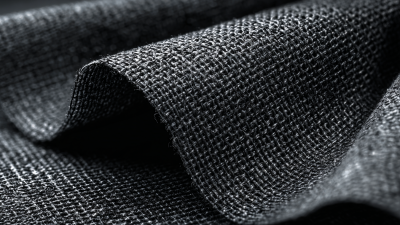
10 Industry Standards for Best Fire Resistant Fabric and 7 Reasons to Choose Them
-

Exploring Innovative Applications of Yarn Spuns Pbo Fiber in Modern Textiles
-
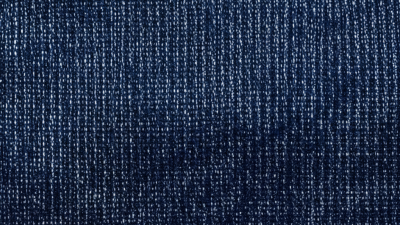
How to Enhance Your Textile Products with Metal Fiber Yarn
-

High Temp Resistant Belt: A Comparative Guide to Performance and Applications
-
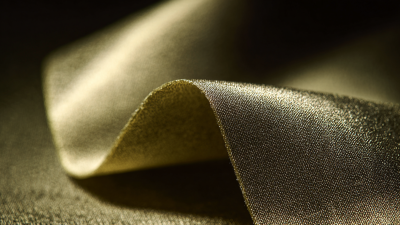
Ultimate Checklist for Sourcing the Best Silver Conductive Fabric Worldwide
-

Unmatched Manufacturing Excellence: Discover the Best High Temp Resistant Sleeves from China's Leading Factory

